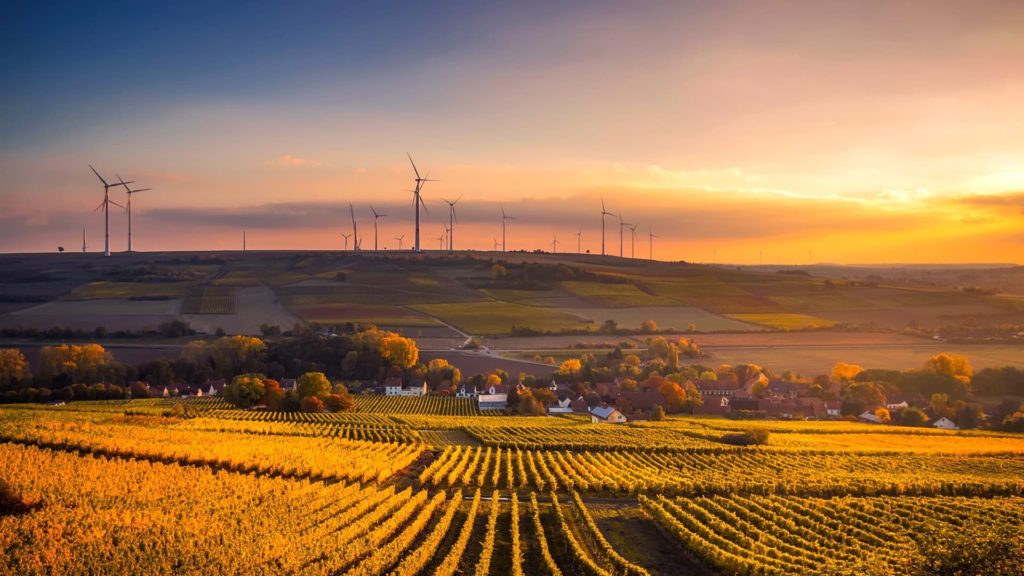By. Elizabeth J. Taylor
– The use of AI and algorithms make decisions and make processes faster and more efficient. Organizations implementing this technology may consider two underlying cornerstones: the computation energy needed and the communities it impacts.
According to SDG Goal 7, “ensuring universal access to affordable electricity by 2030 means investing in clean energy sources such as solar, wind and thermal. Adopting cost-effective standards for a wider range of technologies could also reduce the global electricity consumption by buildings and industry by 14%.”
As a global community, we’re responsible for expanding infrastructure and upgrading our technology to meet this goal. It’s a crucial milestone for our environment and developing countries, in particular. Unfortunately there’s a distinct absence of scaleable, low-carbon, and affordable energy alternatives to fossil fuels. Until these conditions are met, the two-headed problem of energy will not be addressed. Millions of people will continue to lack access to energy; or they will continue to climb to reach emissions levels like developing countries (which is precarious); and rich countries’ emissions will only increase.
Power consumption may be disproportionate, but its inefficiency is universal.
It’s a critical point of concern in computer systems, when it comes to cost and storage. Eric Schmidt, the former CEO of Google and current board member of Climate Savers Computing Initiative understands how crucial it is for energy infrastructure to be efficient. Engineers at Google warned if our current consumption continues to increase, power costs can easily overtake hardware costs by a large margin. Servers and central processing units (CPUs) in particular are responsible for 50–60% of energy consumption. This kind of energy results in thermal problems, resulting in heat and in rapid wear-and-tear of hardware. Therefore building energy-efficient algorithms to reduce energy consumption is a principal concern in the technology sector.
When it comes to energy, equality, and policy, algorithms may surprisingly become an increasingly-important discussion point.
Decreasing carbon emissions is one of the world’s—and energy’s— biggest challenges. Yet the world faces two problems when it comes to creating affordable and clean energy.
First, people in very poor countries have very low emissions because they lack access to energy. In the US, one person emits more carbon dioxide in 4 days than one person in Ethiopia produces in one year. Lacking access to modern energy and technology is termed “energy poverty”.
The second half of the energy quandary is that 146 of the richest countries—which possess ample access to energy—emit the highest emissions. These countries are responsible for 87% global greenhouse gas emissions.
In the past few years, climate change has been a focal point of discussion. It’s widespread relevance may be due to the fact that the global crisis affects every person on earth, no matter which country they live in.
Yet the climate crisis is wreaking a disproportionate impact.
Its consequences hit certain communities harder rather than others. Indigenous communities in eastern Canada battle increased salinization of their freshwater, affecting their food and medicinal resources. The peoples of the Carteret Islands in Papua New Guinea are the first to require population relocation specifically due to rising sea levels.
Poor countries have little access to energy and technology. Residents are forced to use whatever resources are available to them to do the most basic task like heat water or illuminate homes. In countries like Malawi, wood is a primary source of energy.
Not only is a time-intensive energy source to collect, fuelwood impacts the environment. It’s little wonder that poverty is linked to deforestation. The Food and Agriculture Organization (FAO) reports that on the African continent the reliance on wood as fuel is the single most important driver of forest degradation. Inaccessibility to energy and technology leads to decisions that greatly impact the natural environment and community.
The status quo of computation power and algorithm use is the equivalent of burning wood: inefficient and increasingly harmful.
What defines the “efficiency” of an algorithm? It encompasses three main areas: 1) the quality of the solution, 2) the resources the solution requires, and 3) storage. When analyzing the efficiency of algorithms, it’s a review of the resources, the running time, and the number of steps needed to execute.
Since energy is limited and costly, it’s incredibly important that algorithms are lean and reliable. Yet the developed world is running energy-inefficient products, like harvesting wood to generate heat. It’s fast and readily available, but ultimately means bigger, long-term problems—especially true for those at the greatest climate risk, poor and developing countries.
According to the World Bank, Africa will be home to the lion’s share of the global poor by 2030. By definition, it will be most vulnerable as the climate shifts. Yet the continent is home to implementing innovations like using off-grid to power households and carbon taxes. The way Africa innovates over challenges sets an example of how other regions may address their energy needs. One game-changing move Africa and other energy impoverished regions can do is to demand developing countries to use energy-efficient algorithms.
As a first phase in addressing the disproportionate energy impact, the inefficient algorithms that are powering high carbon-emitting countries need to be revamped.
Energy rich countries already possess access to the needed resources needed to review and implement changes. The countries that are responsible for emitting most greenhouse gases should consider how they can optimize the tool that underlies all industry, organization, and government: the algorithm.
History has witnessed feckless, hasty, and negligent use of natural resources. In the 1800’s, US railroads advertised “hunting by rail,” where men boarded trains and shot buffalo from their seats; they left piles of 1,500-pound animals in their wake. The North American Passenger Pigeon met a similar fate, hunted out of extinction. Animals—and by extent, the natural world—have been and are part of the food supply, a source of energy. But we’ve been careless. One UN report finds that over 1 million animals and plant species are in threat of total extinction. We’ve built an incoming threat to stable and informed systems.
Similarly, developing countries are playing a dangerous game of “boarding the train” by not standardizing energy-efficient algorithm creation. As a global community, we must achieve net-zero emissions within the coming decades. Disparities, prevalent in the distribution of benefits and burdens from the energy transition, must be addressed. It starts with the building block of this new technological age, the algorithm.
Elizabeth is the founder and CEO of Waterloom, a water resilience advisory dedicated to providing public and private sectors on the tools and insights to better understand economic impact of water. Previously worked as a strategist for Fortune 500 companies and think tanks. She is also a member of our newly founded Council for Good.
AI for Good Foundation leverages computational resources backed by 100% renewable (solar) energy, as well as employing algorithmic selection techniques that optimise for accuracy and power consumption, distribution of energy consumption and minimal runtime footprints. Our policy work highlights the need for sustainable digital and energy infrastructure, even in developing nations, and the cost advantages of investing early and as extensively as possible in a green future.







